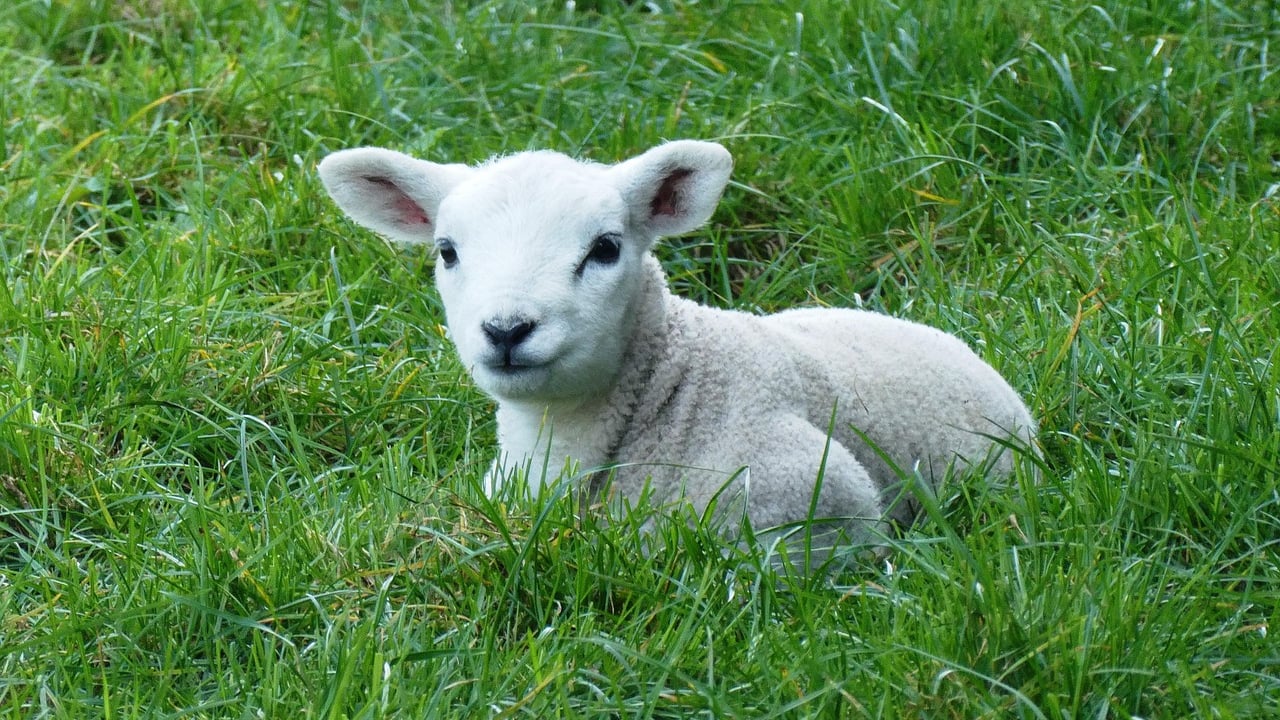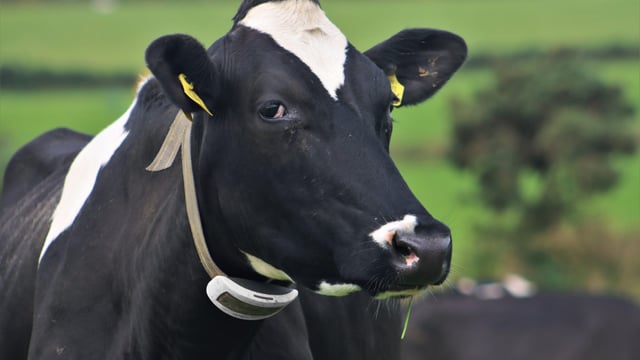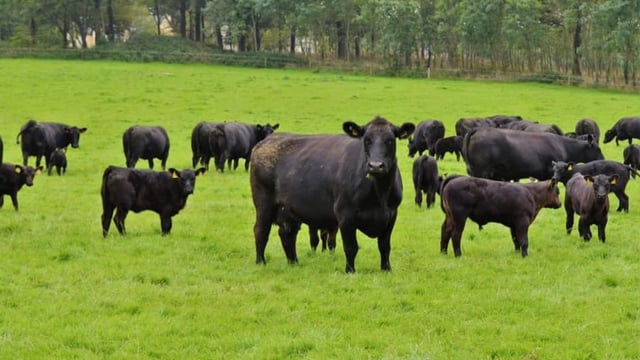DAFM: Nematodirus 2025 forecast released
The Department of Agriculture, Food and the Marine (DAFM) has today (Friday, April 4) released the 2025 nematodirus forecast which helps to prevent disease in lambs.
Each spring, DAFM together with Met Éireann, UCD and Teagasc advises farmers of the predicted risk of disease, chiefly in lambs, caused by the roundworm nematodirus battus.
According to the department analysis of March soil temperatures allows the period of disease risk to be "accurately forecast". This can then be used to assess the best time to administer anthelmintic (wormer) treatment to prevent disease.
It has warned farmers that nematodirus worms may cause severe diarrhoea in young lambs in spring.
This is because of the tendency of the worm eggs on pasture "to hatch over a short period of time", which lambs then ingest.
DAFM
DAFM has detailed that the life cycle of nematodirus worms is not in keeping with other roundworms because eggs deposited on pasture do not hatch until the following year to release the infective larvae.
"This happens during a mass hatching event in spring when soil temperatures increase after a period of cold weather.
"Disease typically occurs in April, May and June," it stated.
DAFM has also highlighted that if lambs do ingest nematodirus larvae they invade the wall of the intestine.
"Disease is characterised by profuse diarrhoea, dehydration and weight loss.
"Calves may also be affected, usually to a lesser degree. In outbreak scenarios, lambs can be seen congregating around water troughs due to the severe thirst that develops. Adult sheep are unaffected by the parasite," DAFM stated.
The 2025 forecast shows that for most of the country the peak nematodirus egg hatching will occur in the early days of April with the exception to this being the Atlantic coastal fringes where peak egg hatching was predicted for the end of March.
DAFM has advised that at-risk lambs - typically those between 6 to 12 weeks of age and grazing on contaminated pasture - should be treated approximately two weeks after the peak of nematodirus egg hatching.
Benzimidazoles (white drenches) are recommended as the treatment of choice for nematodirus infections.
But the disease is best prevented by keeping the current year’s lambs off any pasture that was grazed by lambs or young calves - which can be carriers of infection - in the previous year. Enterprises with high stocking rates are particularly vulnerable.
DAFM has also advised farmers that twin lambs, or single lambs born to ewes of poor milking ability "may be at a greater risk of developing the disease as they begin consuming greater amounts of grass earlier in life".
The department has said that if "clean" pasture is available, preference should be given to moving these lambs first.











